Top 10 Largest Museums in the World in 2025
By ICON TEAM | Published on Mar 25, 2025
List Of Top 10 Largest Museums in the World in 2025:
Preserving mankind's collective legacy and providing a view into the past, present, and future, museums remain some of the most amazing places on Earth in 2025. Measuring physical size, collection scope, or cultural impact, the biggest among them are massive in both scale and relevance. Examining the biggest museums in the world in 2025, this paper investigates their histories, collections, and contributions to human civilization. From ambitious new projects in Delhi to vast Paris complexes, these institutions highlight the variety and richness of human accomplishment.
1. The Louvre Museum:
Location: Paris, France
Size: 782,910 square feet (72,735 square meters)
Collection: Over 460,000 objects
Having held this distinction for decades, the Louvre Museum keeps its crown as the biggest single-building art museum in the world in 2025. Along the Seine River, this famous establishment began as a fortification in the late 12th century and evolved into a royal palace and, in 1793, a public museum. Designed by I.M. Pei and finished in 1989, this unique glass pyramid has come to represent architectural creativity everywhere.
Treasures include Leonardo da Vinci's Mona Lisa, the Venus de Milo, and the Winged Victory of Samothrace abound in the great collection of the Louvre, which covers ancient civilizations through the first half of the 19th century. The museum is not only the biggest but also among the most frequented museums worldwide; in 2025, it will still attract millions 9.6 million visitors in the most recent year. Recent additions include improved digital displays and accessibility projects, thereby ensuring that its 72,735 square meter gallery space stays a lighthouse for art lovers all around.
2. State Hermitage Museum:
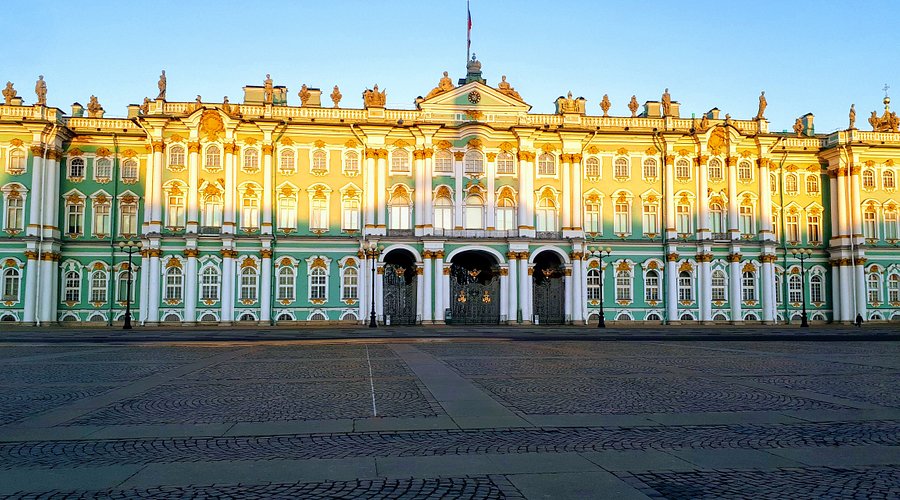
Location: St. Petersburg, Russia
Size: 719,480 square feet (66,842 square meters)
Collection: Over 3 million items
Ranked second in area and with the biggest single collection of artifacts worldwide, the State Hermitage Museum Originally established by Empress Catherine the Great in 1764, this expansive complex consists of six buildings along the Neva River, including the magnificent Winter Palace, the residence of Russian tsars. From prehistoric relics to masterpieces by Michelangelo, Picasso, and Rembrandt, its 66,842 square meters host an unmatched range of objects.
With its "Gold Rooms," which highlight rich relics from Eurasia and the Black Sea coast, the Hermitage will still be a cultural powerhouse in 2025. Given the enormous scope of the museum more than 1,000 rooms visits could spend days discovering its depths. Though its architectural grandeur still enthralls about 2.8 million annual visitors, recent initiatives to digitize elements of the collection have made it more accessible.
3. Yodha Museum (North and South Blocks):
Location: Delhi, India
Size: Estimated 1.5 million square feet (139,355 square meters)
Collection: Over 5,000 years of Indian heritage
Originally housed in Delhi's Raisina Hill's rebuilt North and South Blocks, a newcomer to the list in 2025, the Yodha Museum has been praised as the largest museum in the world by floor area upon expected opening later this year. Covering an estimated 139,355 square meters, this museum is almost twice the size of the Louvre part of India's massive Central Vista redevelopment project. Signed in 2024, an agreement with France has helped design using knowledge from the Louvre curatorial legacy.
With displays ranging from art to archeology to technical innovations, the Yodha Museum seeks to chronicle India's 5,000-year history from the Indus Valley Civilization to present times. Still under building as of March 2025, its scope and ambition turning former government buildings into a cultural center position it as a game-changer in the scene of worldwide museums. When completed, it is intended to attract millions, hence increasing the cultural tourism for India.
4. National Museum of China:
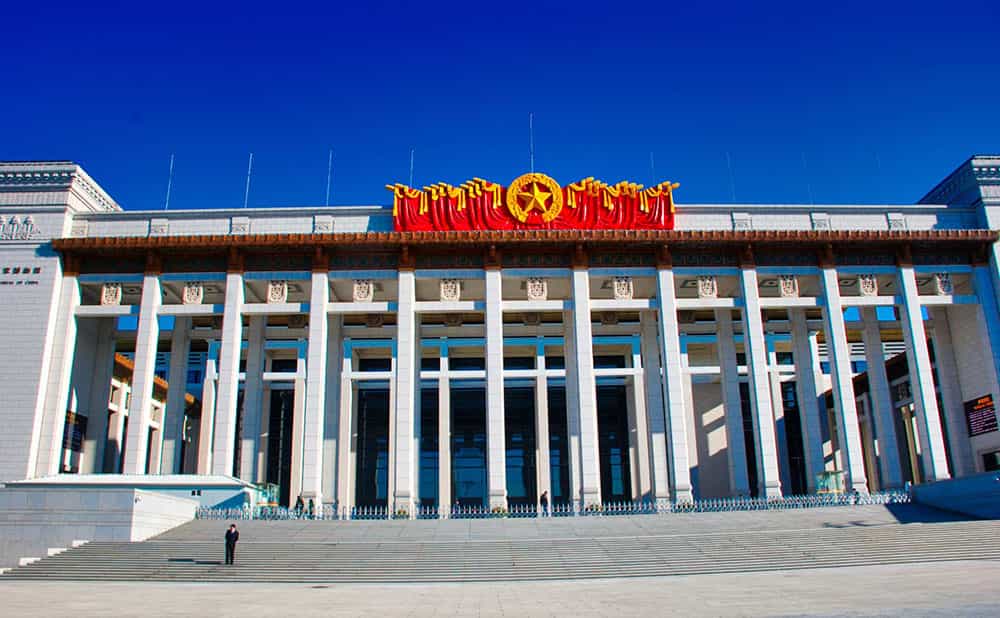
Location: Beijing, China
Size: 700,000 square feet (65,000 square meters)
Collection: Over 1.4 million items
Found on Tiananmen Square, the National Museum of China is a pillar of Chinese cultural identity and the third-largest museum by area (not including the estimated size of the Yodha museum). Combining the Museum of the Chinese Revolution with the Museum of Chinese History, formed in 2003, its 65,000 square meters store almost 1.4 million relics. These cover Neolithic jade carvings as well as Mao Zedong's flag from the 1949 People's Republic of China proclamation.
Driven by its free entrance policy and changing displays highlighting modern Chinese accomplishments, the museum draws about 7 million visitors yearly in 2025. Understanding the historical narrative of China depends on visiting this four-story structure with 28 display halls, which provides an immersive trip through both past and present.
5. The Smithsonian Institution:
Location: Washington, D.C., United States (and various sites)
Size: Over 2 million square feet (across 19 museums)
Collection: Over 155 million objects
Comprising 19 museums, a zoo, and eight research institutes mostly in Washington, D.C., the Smithsonian Institution is the greatest museum and research complex in the world even though it is not a single structure. Its total floor area dwarfs that of separate museums two million square feet. Established in 1846 on a bequest from James Smithson, the Smithsonian's goal is "increase and diffusion of knowledge."
Key players in 2025 include the Smithsonian American Art Museum, the National Air and Space Museum (reopening rebuilt galleries this year), and the 1.5 million square foot National Museum of Natural History with 145 million specimens. Opening at the American Museum of Natural History, a Smithsonian institution in New York, the $465 million Richard Gilder Center expanded 230,000 square feet to its network. The scale and variety of the Smithsonian are unparalleled given approximately 34 million yearly visitors across its campuses.
6. The Metropolitan Museum of Art:
Location: New York City, United States
Size: 633,100 square feet (58,820 square meters)
Collection: Over 2 million works
Often referred to as "The Met, the Metropolitan Museum of Art ranks sixth in the world by gallery space and the biggest art museum in the Western Hemisphere. Opening on Fifth Avenue in New York in 1872, its 58,820 square meters feature a collection spanning 5,000 years from Egyptian mummies to contemporary American art. Highlights are masterpieces by Botticelli, Vermeer, and Rodin as well as the Temple of Dendur.
Designed for completion by 2030, The Met is expected to present ideas for a $550 million modern and contemporary art wing in 2025. With 6.77 million visitors in the most recent year, it is still a cultural behemoth combining historical depth with forward-looking invention.
7. Vatican Museums:
Location: Vatican City
Size: 460,000 square feet (43,000 square meters)
Collection: Over 70,000 objects
With 6.89 million visitors annually, the Vatican Museums which comprise 54 galleries within Vatican City rank among the biggest and most visited in the world. Originally built by Pope Julius II in 1506, its 43,000 square meters feature Michelangelo's ceiling masterwork that astounds guests in the Sistine Chapel. The collection includes papal relics, Renaissance paintings, and old Roman statues.
The museums will keep juggling access with preservation in 2025 and add virtual tours to enhance the real-world experience. Both lovers of art and history will find them a pilgrimage place because of their small but packed density.
8. Tokyo National Museum:
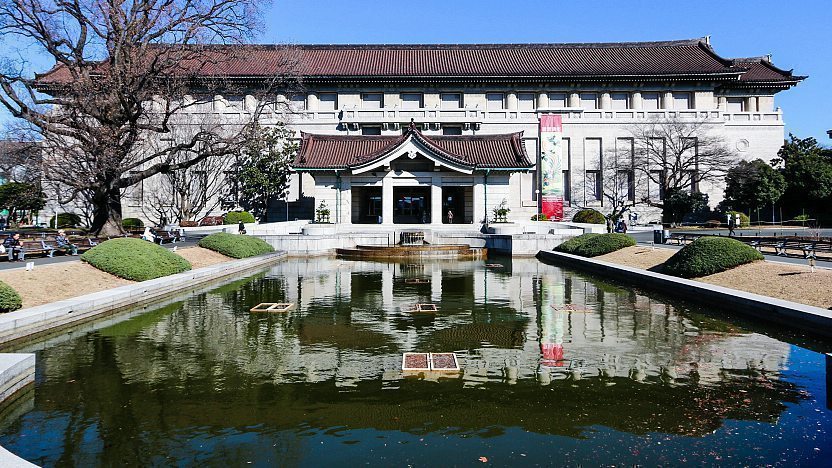
Location: Tokyo, Japan
Size: 430,000 square feet (40,000 square meters)
Collection: Over 110,000 objects
Comprising 40,000 square meters in Ueno Park, Tokyo National Museum is the biggest and oldest museum in Japan. Established in 1872, it reflects East Asian art and culture with more than 110,000 items ranging from Buddhist statues to samurai swords to antique ceramics. Its five primary structures present a calm yet thorough study of Japanese civilization.
The museum's emphasis on digital preservation and temporary exhibitions on Japan's feudal past will keep it relevant in 2025 and bring millions of visitors to its peaceful location among Tokyo's bustle.
9. British Museum:
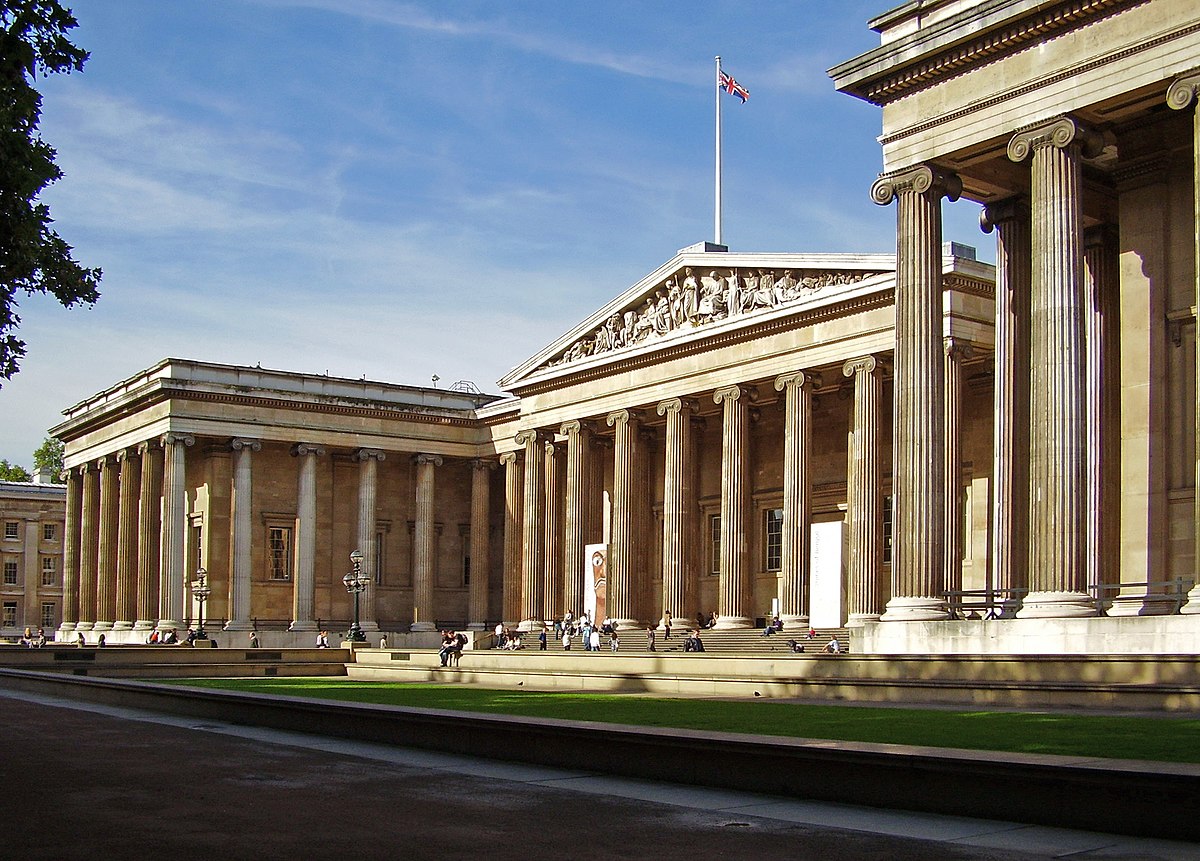
Location: London, United Kingdom
Size: 430,000 square feet (40,000 square meters)
Collection: Over 8 million objects
Founded in 1753, the 40,000 square meter British Museum features more than 8 million pieces, so documenting two million years of human history. Nestled in Bloomsbury, its gems are Egyptian mummies, Parthenon masterpieces, and the Rosetta Stone. Having 6.21 million visitors a year, it continues to be a leader worldwide in cultural preservation.
A £1.3 billion restoration project is under way in 2025, upgrading exhibits and increasing storage to guarantee the museum's history survives among discussions over repatriation.
10. National Museum of Anthropology:
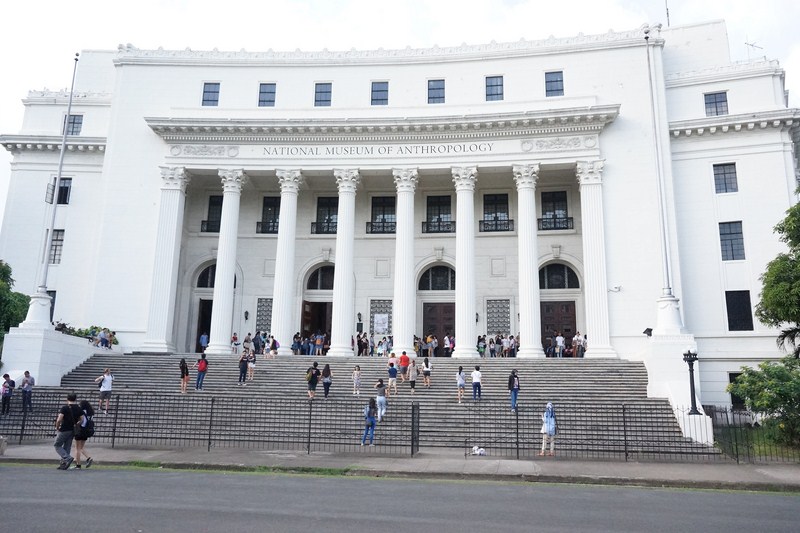
Location: Mexico City, Mexico
Size: 350,000 square feet (32,500 square meters)
Collection: Over 600,000 objects
Opening in 1964, Mexico's National Museum of Anthropology occupies 32,500 square meters of Chapultepec Park. With around 600,000 objects, including the Aztec Sun Stone, this collection provides an unmatched window into Mesoamerican societies. Its famous umbrella-like fountain and 23 exhibit halls will still attract academics and visitors in 2025, therefore reinforcing its rank as the largest museum in Latin America.
Comments 0